Click here to see our faculty profiles on Google Scholar.

Michael F. Hochella, Jr.
University Distinguished Professor (Emeritus) Geosciences
Research Interests: Elucidating the role that nanoscience and mineral surface geochemistry/ biogeochemistry plays in major aspects of the earth sciences, including especially environmental issues and biogeochemical cycling of the elements.
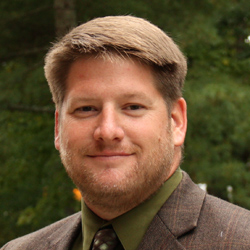
Matthew Hull
Business Development Manager
ICTAS
Research Interests: Risks of emerging nanotechnologies; Biological fate and partitioning of metallic nanostructures; Multifunctional metallic nanoparticles; Sustainable nanomanufacturing; Nano-bio interactions; Nanoinformatics.
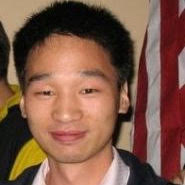
Guoliang (Greg) Liu
Assistant Professor
Chemistry
Research Interests: Design, synthesis, and integration of polymers and plasmonic nanoparticles to create engineered nanocomposites and nanostructures for addressing challenges in the areas of energy, catalysis, and environmental science and engineering.

F. Marc Michel
Associate Professor
Geosciences
Research Interests: Understanding how the atomic structure of nanosized and nanostructured materials, both natural and synthetic, relate to their physicochemical properties, reactivity, stability, and transformations and how these factors influence their roles in environmental systems.

Mitsuhiro Murayama
Professor
Materials Science and Engineering
Research Interests: Nanoscale materials characterization using analytical transmission electron microscopy (TEM) and scanning transmission electron microscopy (STEM) techniques.

Sean McGinnis
Director, VT Green Engineering Program
Associate Research Professor
Materials Science and Engineering
Research Interests: Green engineering, life cycle assessment, sustainable manufacturing processes, design for environment, carbon footprint analysis, renewable energy, interdisciplinary education.

Amy Pruden
University Distinguished Professor and
W. Thomas Rice Professor
Civil and Environmental Engineering
Research Interests: Applied environmental microbiology, antibiotic resistance genes as emerging contaminants, opportunistic pathogens in premise plumbing, environmental implications of nanotechnology, biomolecular tools, sustainable water infrastructure, microbiome of the built environment.
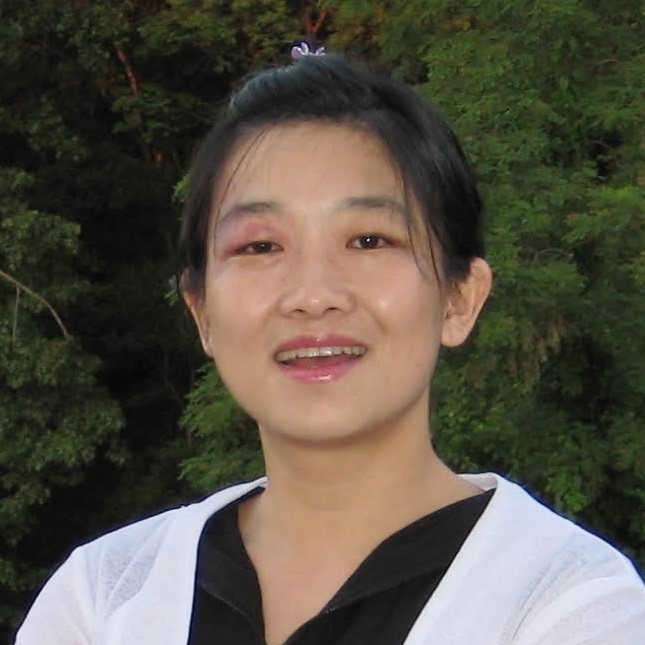
Liqing Zhang
Associate Professor
Computer Science
Research interests: Develop computational and statistical tools for processing/analyzing big bio-data, e.g., genomic/metagenomic data, nanopore sequence data, environmental microbiome and virome data, deep learning for antibiotic resistance gene recognition.
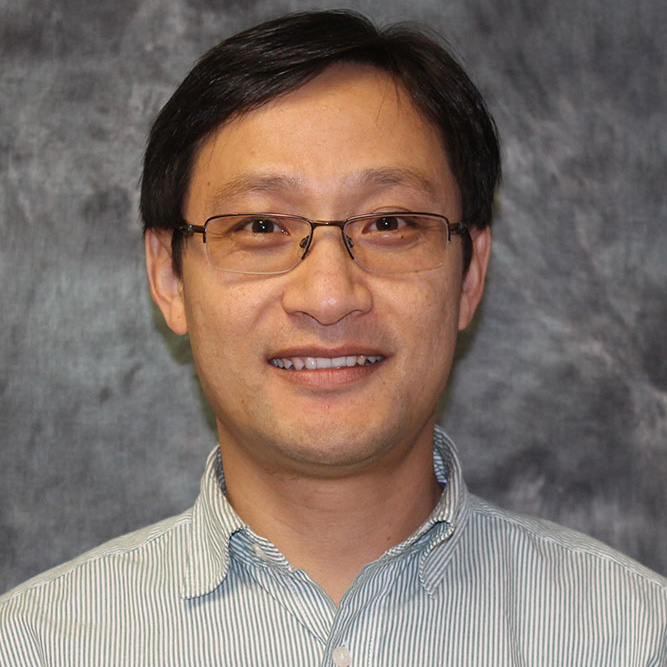
Weinan Leng
Laboratory Manager, VTSuN Lab
Research Scientist
Civil and Environmental Engineering
Research interests: Nanoparticle-based sensors for environmental applications. Laser-based techniques (Raman and surface enhanced Raman scattering) for nanoparticle tracking.
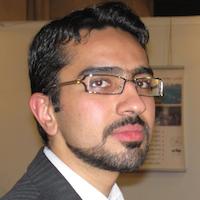
Seyyed Mohammad Hossein Abtahi
PhD Student, Civil and Environmental Engineering
Advisor: Peter Vikesland
Current Research:
My research focuses on assessing fate, transport, and organismal uptake of rod-shaped nanomaterials. With the exception of carbon nanotubes, there is currently little known about the environmental implications of highly anisotropic nanostructures. In this research, we focus on metallic nanoparticles specifically gold. Gold nanorods are synthesized, characterized, and coated with commonly used surface coatings. We try to investigate colloidal behavior of gold nanorods by conducting well controlled experiments in lab. These experiments try to simulate different scenarios in a real aquatic system. Colloidal stability, Aggregation rate and trend, and probable transformations are main objectives in this project.
Hossein is part of the Vikesland Research Group
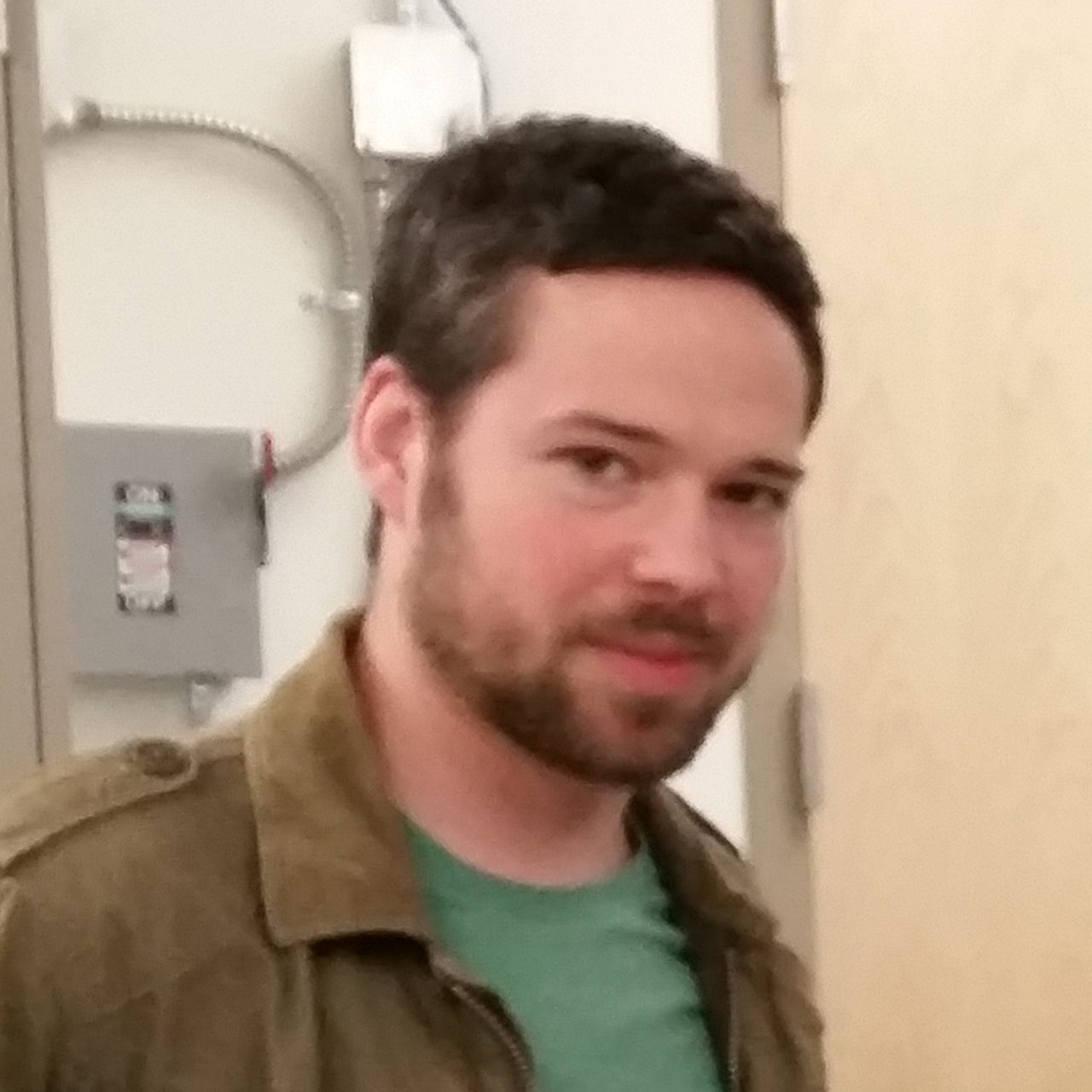
Cameron Crowell
MS Student, Materials Science and Engineering
Advisor: E. Johan Foster
Current Research:
My current research is developing a process to create nanostructured metals by combining metal powders and cellulose nanocrystals (CNC's). The goal is to create a nanoscale, continuous void within a metal matrix by burning out the CNC's. This research may help with high tech filtration systems in the future.
Cameron is part of the Advanced Materials Group.

James Dale
PhD Candidate, Geosciences
Advisors: Michael Hochella, Jr. and Linsey Marr
Current Research:
My research aims to direct policy decisions governing nanoparticulate cerium oxide. Nano-ceria is used to catalyze combustion within diesel engines, resulting in increased fuel efficiency and reduced particulate matter emissions. While these known effects on emissions would be a great benefit to the health of the environment and society, the effects of emitting undetermined quantities of nano-ceria into the environment is largely unknown. By studying the emitted nano-ceria as it is released into the atmosphere, deposited on the lithosphere, travels through the environment and its effects on ecosystems, we can make a more well-informed decision regarding the safety and overall health effects of implementing such a technology.
James is part of the Environmental Nanoscience Group
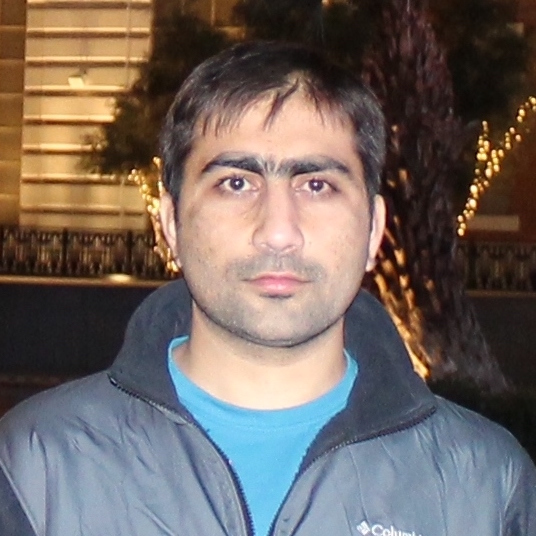
Assad Khan
PhD Student, Chemistry
Advisor: Guoliang (Greg) Liu
Current Research:
I am working on plasmonic anisotropic polymer nanocomposites. Plasmonic nanomaterials are used in biological sensors owing to their high sensitivities to the environment. The nanostructures synthesized so far in our lab span from visible to near infrared range (400-1800 nm). My current work focuses on synthesis and characterization of plasmonic nanostructures, as well as determination of the key parameter that controls plasmonic nanoparticle sensitivity.

Chang Liu
PhD Student, Civil and Environmental Engineering
Advisor: Peter Vikesland
Current Research:
My research focuses on the preparation and application of nanocellulose which is proposed to be an excellent host substrate for guest nanoparticles. The abundant active hydroxyl groups on its surface may react with different functional groups to form various nano-composites. Now I am trying to load gold nanoparticles and metal organic frameworks (MOFs) particles into the three-dimensional networks of nanocellulose. These composites combine the advantages of nanocellulose and guest nanoparticles and show great potential for many applications.
Chang is part of the Vikesland Research Group

Rui Filipe Serra Maia
PhD Student, Geosciences
Advisor: Marc Michel
Current Research:
My research aims to derive the physical and chemical basis for the enhanced reactivity and catalytic properties of platinum under a range of conditions, including both in applications and the environment. In terms of the environment, platinum automotive catalysts, an early form of nanotechnology, have been dispersed globally for more than 30 years. Once in the environment, platinum may readily oxidize and react with different ligands, such as organic compounds, chlorine, and nitrate. Platinum-ligand complexes are typically soluble in water and up to 30% may become bioavailable leading to its uptake by plants, therefore entering the food chain. The fact that certain Pt-ligand complexes have been associated with toxicity and mutagenicity in plants and rats suggests that the dispersion and impact of Pt (and PGE-based) catalysts deserves further attention. By elucidating the fundamental structural, physical, and chemical properties of commercial platinum catalysts we hope to develop a better understanding of their behavior in applied systems and in the environment.
Rui is part of the Environmental Nanoscience Group
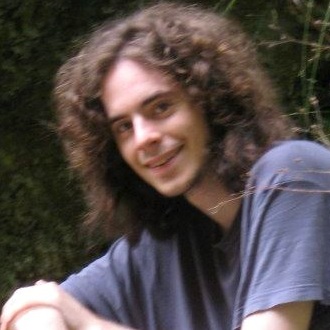
Josh Marett
MS Student, Materials Science and Engineering
Advisor: Johan Foster
Current Research:
I am working on biological nanocomposites which change properties with external stimuli. I am primarily looking at cellulose nanocrystals (CNCs) in a polymer matrix. Right now the goal is to create a composite which changes its optical properties when exposed to water. I am also investigating extracting CNCs from waste products in food production.
Josh is part of the Advanced Materials Group.
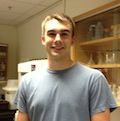
Jacob Metch
PhD Candidate, Civil and Environmental Engineering
Advisor: Amy Pruden
Current Research:
I am working to determine the effect nanoparticles may have on wastewater treatment. This involves operating sequencing batch reactors that represent nitrifying wastwater treatment plants. We then dose these reactors with nanoparticles and monitor the microbial community and the water chemistry of the reactors. Also, I am conducting experiments to determine if nanoparticles in treated wastewater effluent will increase the formation of disinfection by-products that are harmful to the environment and would impact drinking water sources.
Jake is part of the Pruden Lab
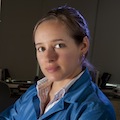
Maria Virginia Riquelme Breazeal
PhD Student, Civil and Environmental Engineering
Advisor: Amy Pruden
Current Research:
Virginia's research focus is on the development of oligonucleotide-functionalized gold nanosensors for the detection of environmental pathogens and their antibiotic resistance genes (ARGs). The recent emergence of multidrug resistant pathogens such as methicillin resistant Staphylococcus aureus (MRSA) and vancomycin resistant S. aureus (VRSA) in the water environment highlights the need for the development of simpler, faster, and more sensitive pathogen and ARG detection techniques. Oligonucleotide-functionalized gold nanoparticles that specifically bind to a target biomolecules represent a promising SERS-enabled nanosensor technology for the detection of environmental pathogens and their ARGs. The application of this technology offers a number of advantages over existing technologies: Target specificity coupled with SERS sensitivity enables the rapid, specific, sensitive, and quantitative detection of the biological contaminant of concern; the stability of the nanosensors even under complex or non-physiological conditions allows the rapid and simple preparation of samples, while minimizing human introduced biases and false negative results, and allowing the detection of extracellular ARGs independently from intracellular DNA; and large contaminant concentrations provide a fast visual or colorimetric result in minutes.
Virginia is part of the Pruden Lab

Marc Thompson
PhD Student, Biomedical Engineering
Advisor: Lissett Bickford
Current Research:
I work in the Bickford Lab with a focus on Medical Devices and Drug Discovery. My research focus is on the application of natural or botanical agents to prevent and treat cancer. These agents can be more effective than current pharmaceuticals without the harmful side effects commonly observed. These agents are delivered as novel nanoformulations within biocompatible nanoparticle carriers for improved cancer targeting and drug efficiency.
Marc was part of the Translational Oncology & Nano/Pharmacoengineering Laboratory
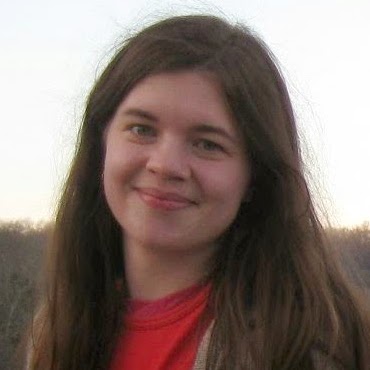
Sarah Ulrich
PhD Student, Geosciences
Advisors: Michael Hochella and Mitsu Murayama
Current Research:
My main research interests surround the use of natural materials to solve environmental problems. Currently, I am investigating the ability of Mn-oxide minerals to adsorb contaminants. While these minerals can be highly effective and have a widespread distribution, they are not usually available in large enough quantities. Therefore, I am comparing the natural minerals to their synthetic counterparts to discover whether or not they have similar behaviors with respect to contaminant sequestration.
Sarah is part of the Environmental Nanoscience Group
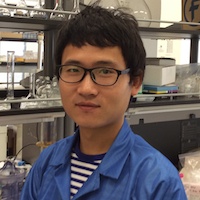
Haoran Wei
PhD Student, Civil and Environmental Engineering
Advisor: Peter Vikesland
Current Research:
My research interest focuses on the fabrication and application of ultrasensitive plasmonic nanostructures for waterborne pathogens, organic contaminants and inorganic ion detection with surface-enhanced Raman spectroscopy (SERS). I am also seeking a low-cost, stable and flexible SERS substrate for real world applications. Now I am evaluating the potential of nanocellulose to be used as SERS substrate.
Haoran is part of the Vikesland Research Group
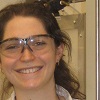
Marjorie R. Willner
PhD Candidate, Civil and Environmental Engineering
Advisor: Peter Vikesland
Current Research:
Marjorie's research focuses on the development of nano-enabled sensors for containment detection. Compared to traditional detection techniques, nanostructured sensors are portable, simple to operate and cheap. However, creating such a nano-enabled sensor that is also highly sensitive, can withstand transport and/or in extreme temperatures such as those in the developing world and is minimally-toxic, is a huge engineering undertaking. Marjorie's is currently developing a high throughput optofluidic platform for the rapid detection of whole pathogens.
Marjorie is part of the Vikesland Research Group and can be found on twitter @MarjorieWillner


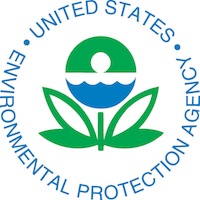

Deborah M. Aruguete, Assistant Professor, Environmental Science, Penn State Erie, the Behrend College
Ali Boehm, Associate Professor, Department of Civil and Environmental Engineering, Stanford University
Matthew Eckelman, Assistant Professor, Department of Civil and Environmental Engineering, Northeastern University
Duncan Graham, Professor, Department of Pure and Applied Chemistry, University of Strathclyde, UK
Amara Holder, Combustion Engineer, US EPA
Tamar Kohn, Associate Professor, Environmental Science and Engineering Section, École Polytechnique Fédérale de Lausanne, Switzerland
Todd Kuiken, Senior Program Associate, Science and Technology Innovation Program, Woodrow Wilson International Center for Scholars
Catherine Murphy, Peter C. and Gretchen Miller Markunas Department of Chemistry, University of Illinois
Scott Renneckar, Associate Professor, University of British Columbia
Navid Saleh, Assistant Professor, Department of Civil and Environmental Engineering, University of South Carolina
Nicolle Tulve, Research Physical Scientist, US EPA
Jason Unrine, Assistant Professor, Department of Plant and Soil Sciences, University of Kentucky
Marina Vance, Assistant Professor, Department of Mechanical Engineering, University of Colorado
Krista Wigginton, Borchardt and Glysson Water Treatment Faculty Scholar, Department of Civil and Environmental Engineering, University of Michigan
Jie "Gail" Xu, Assistant Professor, Department of Geological Sciences, University of Texas at El Paso
Yi Yang, Professor, East China Normal University

Scott Renneckar
Current position: associate professor at the University of British Columbia
Research interests: Research focused on determining the interactions of nanoparticles / polyelectrolytes with plant-based macromolecules in order to create functionalized plant-based composites that require low energy and/or green chemistry.
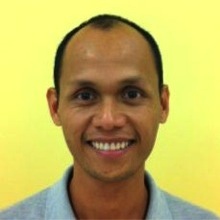
Eric Vejerano
Postdoctoral Research Associate, Civil and Environmental Engineering (2011 - 2015)
Civil and Environmental Engineering
Research interests: Our research on the fate and transformation of nanomaterials during incineration addresses the effect of nanomaterials on pollutant emissions, on the properties and toxicity of aerosol exhaust, and partitioning and persistence.

AJ Prussin
Postdoctoral Research Associate, Civil and Environmental Engineering (2013 - 2015)
Current position: Senior Research Scientist, Attimo Research and Development
Research interests: Research focused on how the environment affects the viability and composition of viruses and bacteria. I take an interdisciplinary approach to my research and work at the interface of engineering, molecular biology, and microbiology. I enjoy doing research both in the field and in the laboratory. (e-mail)
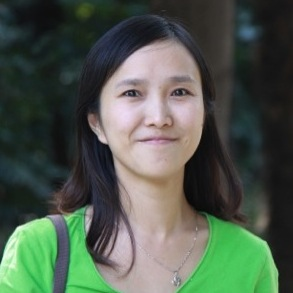
Yi Yang
Research Scientist, Geosciences (2013 - 2015)
Supervisor: Michael Hochella
Current position: professor at East China Normal University
Research interests: Identification and characterization of nanoparticals in environmental matrix. Behavior and environmental risk of nanoparticles.

Bojeong Kim
Research Scientist, Geosciences (2011 - 2013)
Supervisor: Michael Hochella
Current position: assistant professor at Temple University
Research interests: Insight into the Environmental Fate of Mineral Particles in the Nano-size Regime. Experimental Investigation of Size-Dependent Property of Metal Oxide Particles with Environmental Geosciences Implications.
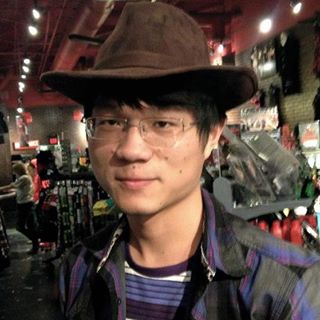
Xinzhe Zhou
MS, Civil and Environmental Engineering, 2015
Advisor: Linsey Marr
Research:
Xinzhe's research focused on the development of ultrasensitive Raman tags for bio-labeling. Taking advantage of surface-enhanced Raman scattering of dye-modified gold nanoparticle multimers, we are able to precisely locate each single Raman tag. He applied Raman tags for the detection of single flu viruses.
Xinzhe was part of Air2

Hannah King
MS, Geosciences, 2015
Advisor: F. Marc Michel
Current position: Staff Hydrogeologist at Geosyntec Consultants in Huntington Beach, California.
Hannah was part of the Environmental Nanoscience Group

Gargi Singh
PhD, Civil and Environmental Engineering, 2015
Advisor: Amy Pruden
Research:
Many novel nanomaterials have gathered interest in recent past owing to their unique and useful properties. One of the consequence of this increased interest is their increased production and usage. During various processes of production, usage and disposal, these nanomaterials can be potentially released in environment. Wetlands and waste-water treatment facilities are most likely to serve as receiving sinks for these nanomaterials. These wetlands and wastewater treatment facilities depend on specialized microbial communities for their health and efficient functioning. I am interested in evaluating how novel nanomaterials impact these environmentally relevant microbial communities in wetlands and wastewater treatment facility. Specifically, my focus is on a novel 'green' material called nanocellulose and its potential impact on exposure to cellulose degrading communities and biodegradation.
Gargi was part of the Pruden Lab
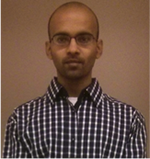
Paramjeet Pati
PhD, Civil and Environmental Engineering, 2015
Advisors: Peter Vikesland and Sean McGinnis
Current position: Professor of the Practice, Picker Engineering Program, Smith College (current profile).
Research Interests:
1. Life cycle assessment of nanotechnology
2. Precious metal recovery from waste streams (such as e-waste)
3. Sustainability assessment of green energy technologies
Param was part of the Vikesland Research Group
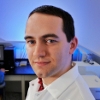
Ron Kent
PhD, Civil and Environmental Engineering, 2015
Advisor: Peter Vikesland
Current position: senior staff engineer at Geosyntec in Orlando, FL.
Research Interests: Environmental fate of metal-based nanomaterials. In situ measurement of nanomaterial transformations.
Ron was part of the Vikesland Research Group

Carol Johnson
PhD, Geosciences, 2014
Advisor: Michael Hochella
Current position: postdoctoral associate at Duke University.
Research:
The Earth is a great producer, transporter and transformer of naturally-occurring nanoparticles, including metal oxides, clays, and fullerenes. I am studying how complex iron oxide nanoparticles and colloids transport metal pollutants in the drainage creek of a former uranium mine near Ronneburg, Germany. As the particles travel, their geochemical environment (i.e. pH, amount of oxygen) can change quite dramatically and the subsequent effects on the particles (growth, structural transformation, etc) will likely have an important impact on the pollutants that are associated with those particles. The Ronneburg area has been the focus of a highly concerted multidisciplinary effort to study the environmental implications of past mining operations, and I am working in collaboration with the geomicrobiology group of Prof. Kirsten Kuesel at the Friedrich Schiller University Jena, Germany. On twitter: @nanoCAJ
Carol was part of the Environmental Nanoscience Group

Andrea Tiwari
PhD, Civil and Environmental Engineering, 2014
Advisor: Linsey Marr
Current position: Application Engineer, TSI Inc.
Research Interests: Environmental fate and impact of carbon-based nanomaterials. Sustainability assessment of nano-enabled energy technologies. Ethics in engineering education.
Andrea was part of Air2

Yanjun Ma
PhD, Civil and Environmental Engineering, 2014
Advisor: Amy Pruden
Current position: assistant professor at the School of Environmental Science and Spatial Informatics in the China University of Mining and Technology.
Research:
My research was to investigate fate and impact of engineered nanomaterials (ENMs) during biological wastewater treatment. As ENMs become widely applied in many commercial products, a significant portion will be released and end up in wastewater treatment plants. It is critical to trace the fate of ENMs during wastewater treatment for assessing their environmental exposure. On the other hand, possible negative effect of ENMs to biological wastewater treatment is of concern. To examine these problems, I set up a lab-scale sequencing batch reactors (SBRs) dosed with ENMs. Molecular biology and advanced microscopy tools are used to monitor fate of ENMs and response of microbial community. Also, cytotoxicity assay are set up to examine ENMs and wastewater effluent containing ENMs on human cells.
Yanjun was part of the Pruden Lab.

Laura Reese
MS, Biomedical Engineering, 2014
Advisor: Lissett Bickford
Current position: process engineer at WL Gore and Associates in Phoenix, AZ
Research:
My research focused on assessing the immunologic response to photothermal therapy (PTT) with Gold-Gold Sulfide nanoparticles (GGS NPs). The first step is to fabricate GGS NPs, conjugate these particles to surface-enhanced resonance Raman Spectroscopy reporter molecules and demonstrate successful photoablation of cancer cells using 2-photon microscopy. I will then evaluate the response of macrophages to photothermally ablated cancer cells through the use of CRM followed by a toxicity assessment of the nanoparticles to macrophages. Ultimately, the goal is to reveal phagocytosis kinetics and intracellular localization of PTT agents post therapy.
Laura was part of the Translational Oncology & Nano/Pharmacoengineering Laboratory





